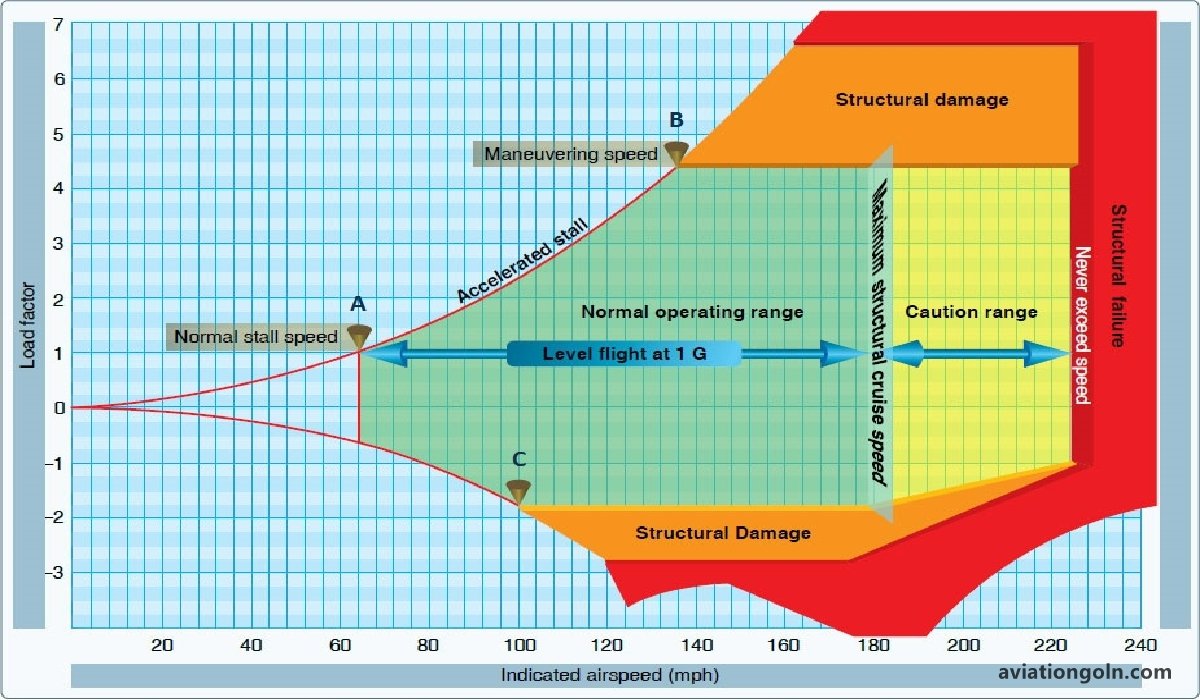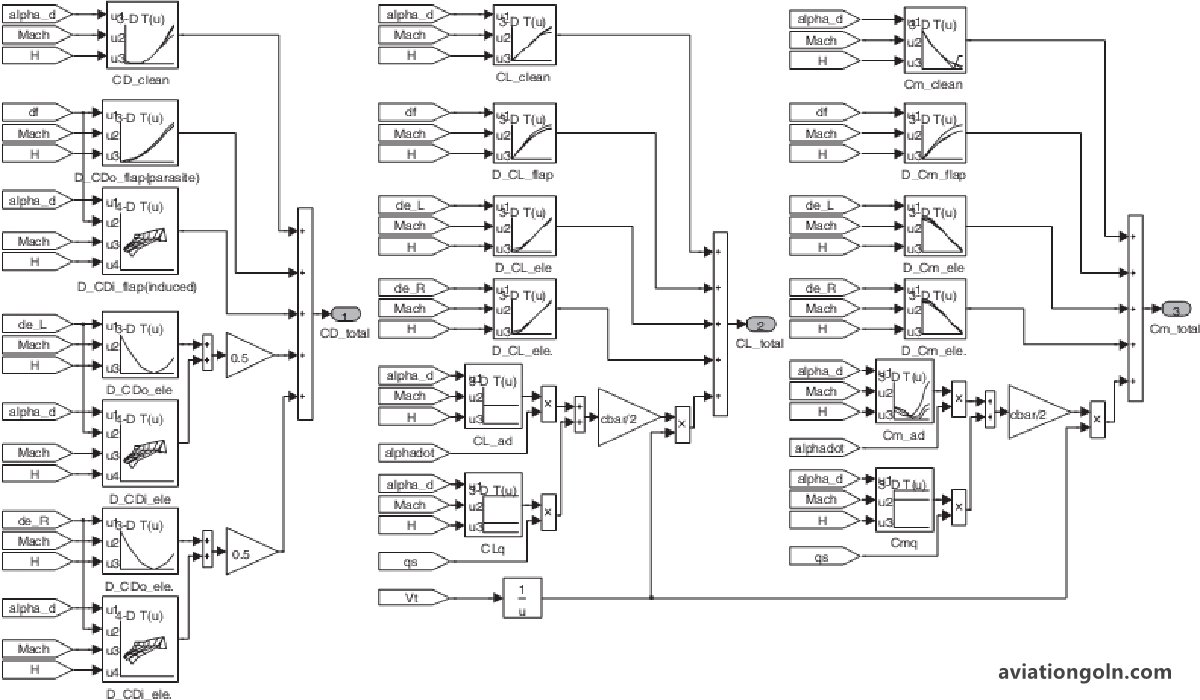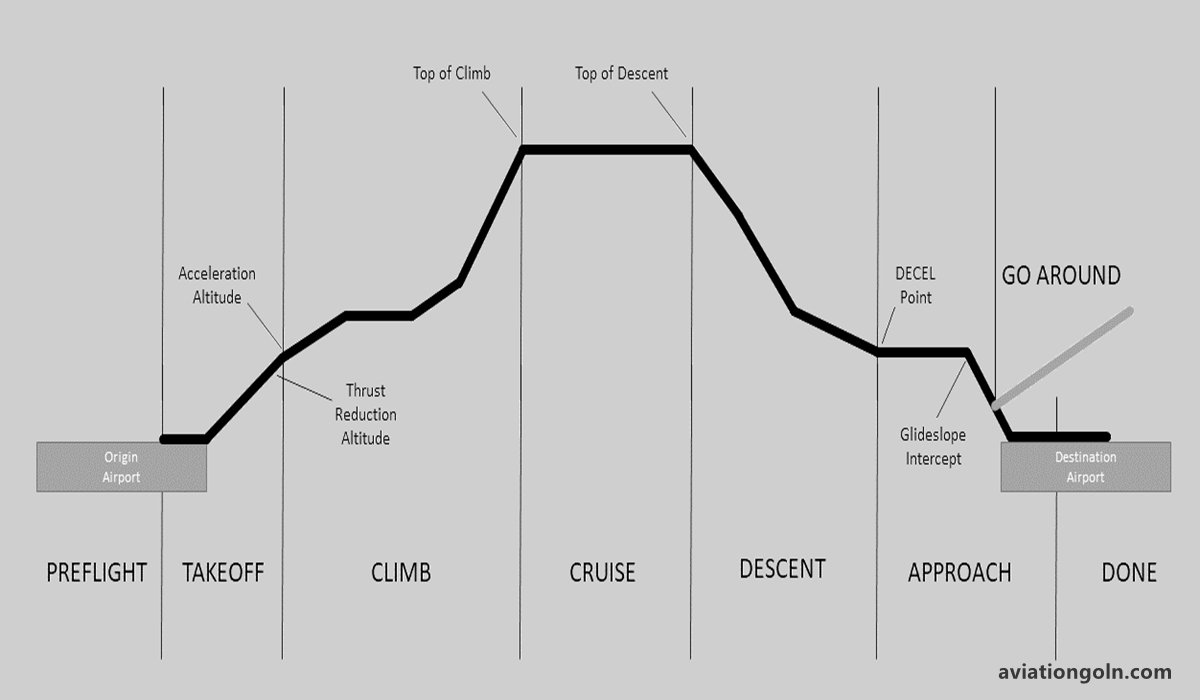Concept of Flight Dynamics: Basic Concepts and Definitions,Flight dynamics is the science of aircraft motion and the forces that cause this motion. It’s an essential study area in aerospace engineering, providing engineers and pilots the principles to understand how aircraft are designed and how they operate in the air. This article delves into the fundamental concepts and definitions central to flight dynamics.
Concept of Flight Dynamics: Basic Concepts and Definitions

1. Fundamental Definitions
- Aerodynamics: This is the study of the forces and moments generated by objects moving through air. It examines how the shape, size, and speed of objects (like aircraft) affect the forces (like lift and drag) that they experience.
- Aeroelasticity: It deals with the interaction between aerodynamic forces and the structural elasticity of an aircraft.
- Aircraft Equations of Motion: These are the mathematical equations that describe the motion of an aircraft in terms of forces and moments.

2. Axes of Flight
When discussing aircraft movement, it’s crucial to understand the three primary axes about which an airplane can rotate:
- Longitudinal Axis (Roll): This axis runs from the aircraft’s nose to its tail. Rotation about this axis is termed ‘roll,’ controlled by the ailerons.
- Lateral Axis (Pitch): This axis runs from wingtip to wingtip. Rotation about this axis is termed ‘pitch,’ controlled by the elevators or stabilators.
- Vertical Axis (Yaw): This axis runs vertically through the aircraft. Rotation about this axis is termed ‘yaw,’ controlled by the rudder.

3. Aircraft Stability
Stability determines the aircraft’s ability to maintain a specified flight condition.
- Static Stability: This is the initial response of an aircraft to a disturbance. If the initial response opposes the disturbance, the aircraft has positive static stability.
- Dynamic Stability: Refers to the aircraft’s behavior over time after disturbance. If oscillations decrease over time, the aircraft has positive dynamic stability.

4. Forces Acting on an Aircraft
Four primary forces act on an aircraft during flight:
- Lift: Generated by the aircraft’s wings, counteracting its weight and allowing it to stay airborne.
- Weight (or Gravity): The gravitational force acting on the aircraft, always directed towards the center of the earth.

- Thrust: Produced by the aircraft’s engines, it propels the aircraft forward.
- Drag: A resistance force opposing the aircraft’s forward motion. It’s caused by the aircraft moving through the air.

5. Flight Envelope
The flight envelope refers to the combinations of aircraft speeds and load factors that the aircraft can safely achieve:
- V-Speeds: Various critical airspeeds define specific flight conditions. For example,
��� is the never-exceed speed, while��
is the stall speed.
- Load Factor: Also known as G-force, it’s the ratio of the aerodynamic force to the weight of the aircraft. In a steady, level flight, the load factor is one.

6. Aircraft Motion
Aircraft motion is categorized into translation (linear motion) and rotation (angular motion):
- Translation: Described in terms of velocity, acceleration, and displacement. The three components of translational motion are vertical, longitudinal, and lateral.
- Rotation: Described about the aircraft’s center of gravity. It’s categorized into pitch, roll, and yaw.

7. Control Surfaces
These are movable sections on an aircraft’s wings and tail, designed to control its attitude:
- Ailerons: Found on the trailing edge of each wing, they control the roll of the aircraft.
- Elevators: Located on the trailing edge of the horizontal stabilizers, they control the aircraft’s pitch.
- Rudder: Found on the trailing edge of the vertical stabilizer, it controls the aircraft’s yaw.

8. Center of Gravity (CG)
The CG is the point where the total weight of the aircraft appears to be concentrated:
- CG Location: It’s vital for aircraft stability and control. If the CG is too forward or aft of its permissible range, the aircraft may become uncontrollable.

9. Aerodynamic Coefficients
These are non-dimensional coefficients used in aerodynamics to model forces and moments on objects in the air:
- Lift Coefficient (
��): Relates the lift generated by a wing (or any other aerodynamic surface) to the dynamic pressure of the fluid flow around the object. - Drag Coefficient (
��): Represents drag forces. - Moment Coefficient (
��): Refers to the pitching, rolling, or yawing moments.

10. Flight Phases
Understanding the various phases of flight is crucial:
- Takeoff: The aircraft accelerates along the runway until it achieves enough lift to become airborne.
- Climb: The aircraft gains altitude.
- Cruise: The aircraft travels at a consistent altitude and speed.
- Descent: The aircraft loses altitude in preparation for landing.
- Landing: The aircraft touches down on the runway and comes to a stop.

Flight dynamics is a rich field that combines principles from physics, mathematics, and engineering to understand and predict aircraft behavior. This knowledge is fundamental for designing aircraft, training pilots, and ensuring air travel remains one of the safest and fastest modes of transportation. As aerospace technology evolves, so does the field of flight dynamics, ensuring it remains at the forefront of innovation and safety in the aviation industry.
See more:
